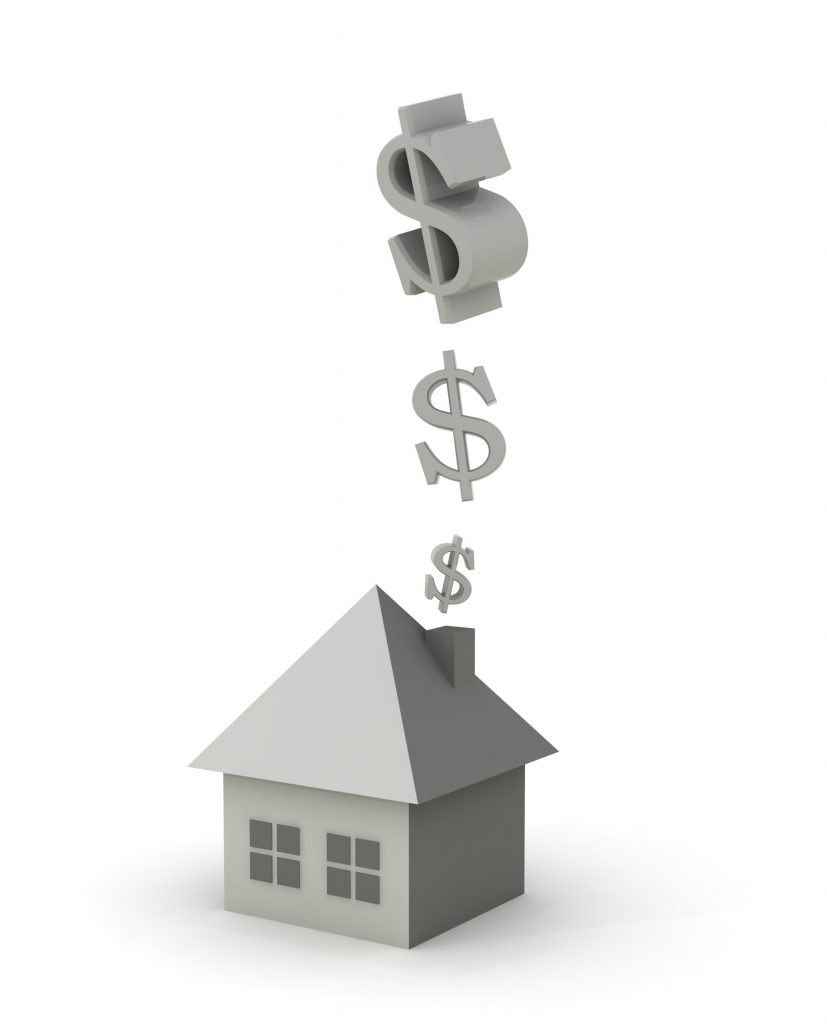
Efficiency is an important word when it comes to HVAC systems. People want to make sure they have heating and air conditioning units that waste as little energy as possible. This not only keeps utility bills lower, it’s better for the environment because it puts less strain on power plants and natural resources. The US Department of Energy has a program called ENERGY STAR to help consumers identify products with superior energy efficiency and quality features. When you’re hunting for a new heating system or other HVAC product, look for the ENERGY STAR label.
But you’ll also want to look at the actual efficiency rating of the appliance, and this can become a bit confusing because different appliances have different criteria. Sometimes, efficiency ratings can be misleading without some extra information—and this is the case with the two most common types of furnaces, gas and electric.
AFUE Rating
The efficiency rating for any type of furnace is AFUE, annual fuel utilization efficiency. This is a percentage that measures how much of a furnace’s energy source it converts into heat and how much goes to waste as exhaust. For example, an old natural gas furnace may have an AFUE rating of 80%. This means the furnaces converts 80 units of every 100 units of natural gas into the heat energy applied to the air. The other 20% goes to waste as exhaust fumes sent out a flue from the heat exchanger.
Modern high-efficiency furnaces can achieve AFUE ratings in the 90% range, with special condensing furnaces reaching an amazing 97%. Keep in mind that higher efficiency furnaces are more expensive to install. You will probably save money over the years of the furnace’s service life (provided you had a professional size and install it), but you will need to balance these savings against installation cost and your current budget.
The Tricky AFUE Rating for Electric Furnaces
When looking over furnace efficiencies, you’ll pay attention to the higher AFUE ratings. And when you come across an electric furnace, which is less expensive to install than most gas furnaces, you’ll see an AFUE rating of 100%! Wow! Why not ditch your gas furnace and get this incredible bargain of a heater that doesn’t waste any energy?
Too good to be true? Yes. This is why it’s important to understand that efficiency doesn’t automatically equate to money savings. An electric furnace has 100% AFUE automatically because that’s how electric furnaces work. They channel electrical voltage through heating elements to create electrical resistance heating: electric coils that turn red hot. There is no energy loss to do this. All the electrical power is used and there’s no exhaust.
But what you must factor into this is the cost of electricity vs. the cost of natural gas. In most areas, natural gas has is a less expensive energy source than electricity. An electric furnace almost always costs more to run than even mid-efficiency gas furnaces. We advise homeowners who have gas connections to stick with gas furnaces when making upgrades to the HVAC system.
Our Smyrna, DE, HVAC experts can help you find the best home comfort solution for this winter and many to come.
Call Atlantic Refrigeration & Air Conditioning, Inc. for 24/7 service.
